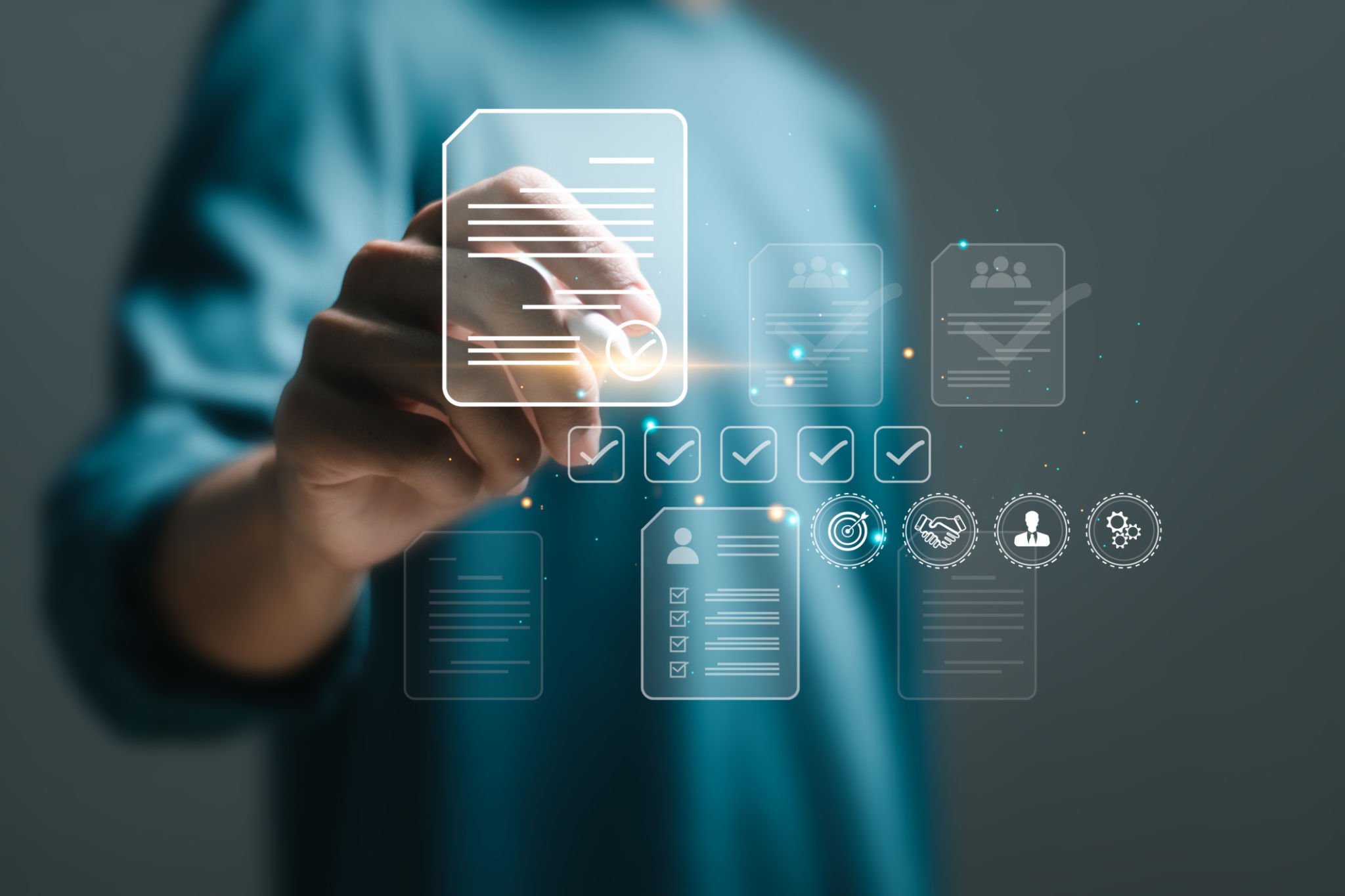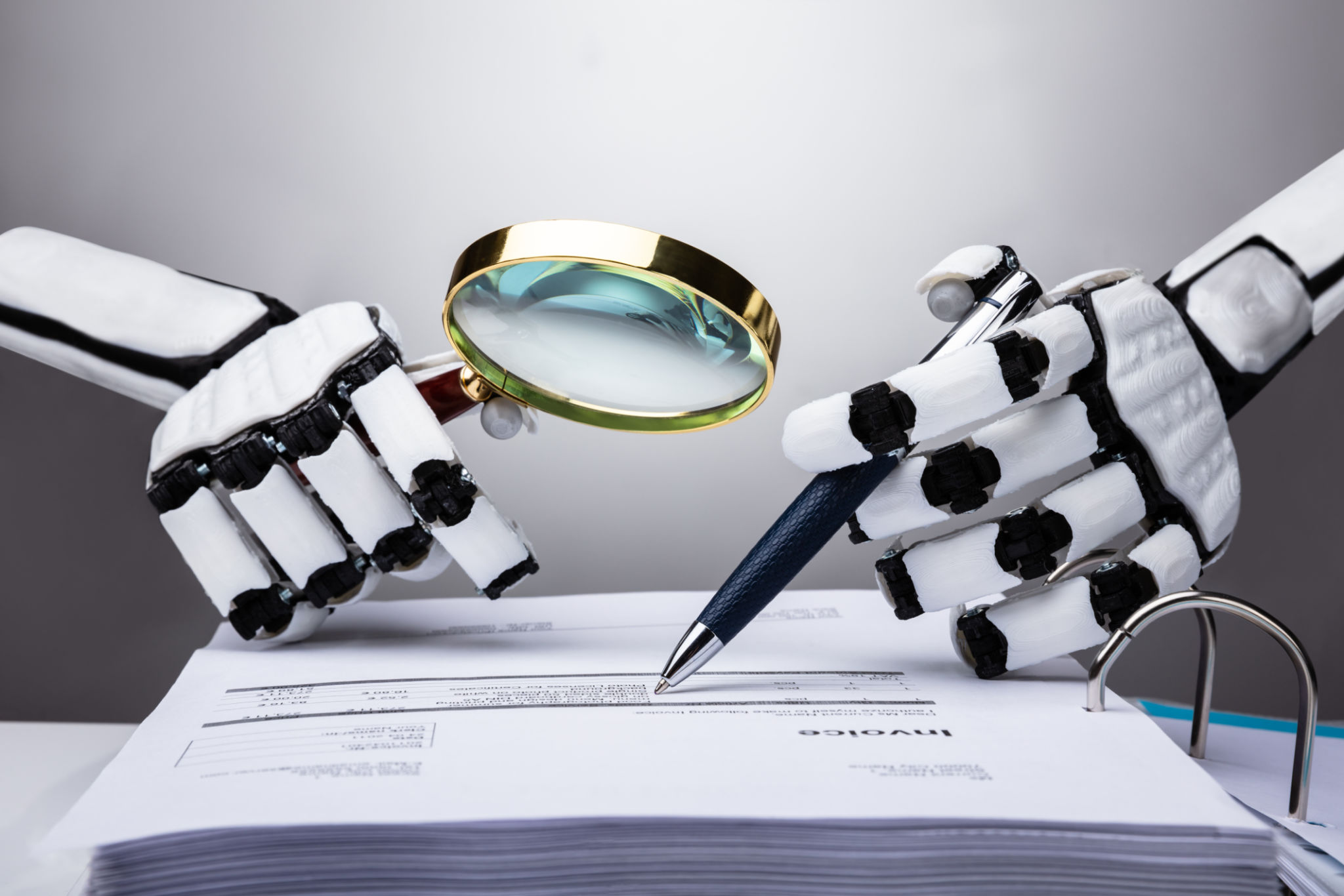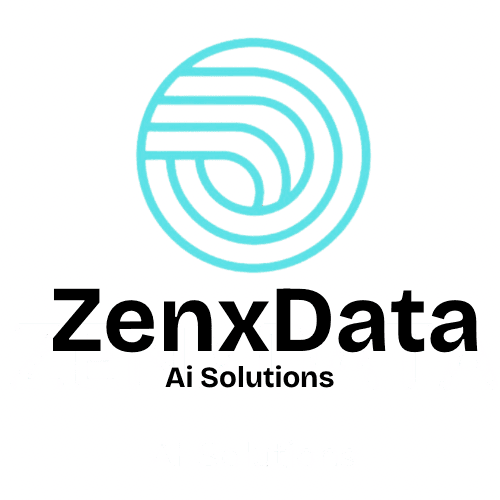Understanding Manual, Automation, and Stress Testing for AI
Understanding the Basics of Testing in AI
In the rapidly evolving world of artificial intelligence, the importance of rigorous testing cannot be overstated. Testing ensures that AI systems perform as expected, delivering reliable and consistent results. There are several testing methodologies, each with its unique benefits and applications. Among the most significant are manual testing, automation testing, and stress testing. Understanding their distinctions and applications is crucial in developing robust AI systems.

Manual Testing in AI
Manual testing involves a human tester manually interacting with an AI system to identify potential issues and verify functionality. This method allows testers to assess the system's behavior in real-world scenarios, providing valuable insights into user experience and interface design. Although manual testing can be time-consuming, it is essential for uncovering subtle bugs and inefficiencies that automated processes might overlook.
Manual testing is particularly beneficial during the early stages of AI development when systems are still evolving and require frequent updates. It helps ensure that the AI’s outputs are intuitive and meet the desired quality standards. By leveraging human judgment, manual testing can identify nuanced issues that might otherwise go unnoticed.
Automation Testing: Efficiency and Precision
Automation testing leverages software tools to execute pre-defined test cases automatically. This method is highly efficient for repetitive tasks, allowing testers to focus on more complex issues. Automation testing is indispensable for large-scale AI systems that require extensive validation across various scenarios and datasets.
By automating routine tests, teams can quickly identify discrepancies and ensure consistent performance over time. It streamlines the testing process, enabling rapid iterations and continuous integration. However, it requires a significant initial setup investment and is best suited for stable systems where test cases do not frequently change.

Stress Testing: Pushing Limits
Stress testing evaluates how an AI system performs under extreme conditions. This type of testing is designed to determine the breaking point of a system by simulating high traffic loads, data input extremes, or other challenging scenarios. The goal is to ensure that the system remains functional and responsive even under pressure.
Stress testing is critical in identifying vulnerabilities and potential failure points that could impact system reliability during peak usage periods. By understanding how an AI system behaves under stress, developers can implement necessary improvements to enhance its resilience and robustness.
The Importance of Comprehensive Testing
Each testing method plays a vital role in ensuring the overall quality and performance of AI systems. Manual testing provides valuable insights into user experience, while automation testing offers efficiency and precision. Stress testing ensures systems can handle unexpected demands without faltering.

Ultimately, a combination of these methodologies offers a comprehensive approach to AI testing. By integrating manual, automation, and stress tests into their development cycle, teams can create AI systems that are not only functional but also reliable and resilient.
Balancing Manual and Automated Approaches
The key to effective AI testing lies in balancing manual and automated approaches. While automation can significantly enhance efficiency, manual testing remains essential for capturing human-centric insights. Strategic use of both methods ensures thorough coverage across different aspects of the system.
Developers should aim to integrate automated tests for routine tasks while reserving manual efforts for exploratory testing and complex issue identification. This strategic balance maximizes the strengths of each approach, leading to better-informed decisions and more robust AI solutions.
The Future of AI Testing
As AI technology continues to advance, so too will the methods used to test these systems. Emerging trends such as machine learning-based test automation promise to revolutionize how we approach AI testing in the future. These innovations will further streamline processes, enabling even more complex and scalable systems.
Staying informed about developments in AI testing methodologies is crucial for developers striving to maintain cutting-edge solutions. By embracing both current best practices and future innovations, teams can ensure their AI systems meet the highest standards of quality and reliability.
